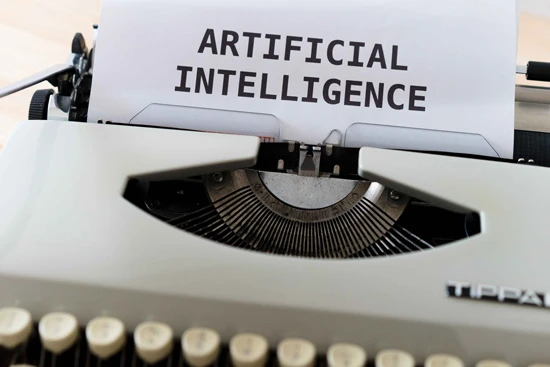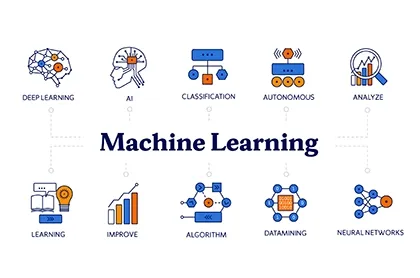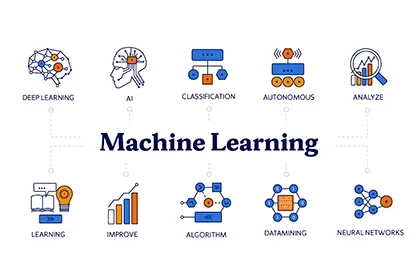What are the Challenges of Using Artificial Intelligence?
Artificial intelligence is poised to transform every industry, but we must understand its limitations.
A primary limitation of AI is that it learns from data; there's no other way to instill knowledge. This means any inaccuracies in the data are reflected in the results. And any further layer of prediction or analysis must be added separately.
Today's AI systems are trained to perform one clear, specific task. A system that plays poker can't play solitaire or chess. A system that detects fraud can't drive a car or give you legal advice. In fact, an AI system that detects healthcare fraud can't accurately detect tax fraud or claims fraud on warranties.
In other words, these systems are highly specialized. They focus on a single task and are far from behaving like humans.
Similarly, learning systems are not autonomous systems. The AI visual technologies you see in movies and television are still science fiction. But computers that can process complex data to learn and perform specific tasks are quite common.
How AI Works
AI works by combining large amounts of data with fast algorithms, iterative processing, and intelligent automation, allowing software to automatically learn from patterns or features in the data. AI is a broad study that encompasses many theories, methods, and technologies, as well as the following core areas:
- Machine learning automates the building of analytical models. It uses methods from neural networks, statistics, operations research, and physics to find hidden insights in data without being explicitly programmed where to look or what conclusions to draw.
- Neural networks are a type of machine learning that consist of interconnected units (like neurons) that process information by responding to external inputs and transmitting information between each unit. This process requires multiple passes of data to find connections and derive meaning from unstructured data.
- Deep learning leverages massive neural networks with many layers of processing units, taking advantage of advances in computing power and advanced training techniques to learn complex patterns in large amounts of data. Common applications include image and speech recognition.
- Cognitive computing is a subset of AI that strives for natural, human-like interaction with machines. Using AI and cognitive computing, the ultimate goal is for a machine to be able to simulate human processes through the ability to interpret images and speech – and then respond coherently.
- Computer vision relies on pattern recognition and deep learning to identify what is in an image or video. When machines can process, analyze, and understand images, they can capture images or videos in real-time and interpret their surroundings.
- Natural language processing (NLP) is the ability of computers to analyze, understand, and generate human language, including speech. The next stage of NLP is natural language interaction, which allows humans to communicate with computers using everyday, natural language to perform tasks.
In addition, several technologies enable and support AI:
- Graphics processing units are important for AI because they provide the heavy computing power needed for iterative processing. Training neural networks requires large datasets as well as computing power.
- The Internet of Things generates a massive amount of data from connected devices, most of which goes unanalyzed. Automating models with AI allows us to utilize more of it.
- Advanced algorithms are being created and combined in new ways to analyze data faster and at multiple levels. This intelligent processing is important for identifying and predicting rare events, understanding complex systems, and optimizing unique scenarios.
- APIs or Application Programming Interfaces are portable packages of code that make it possible to add AI functionality to existing products and software packages. They can add image recognition capabilities to home security systems and question-and-answer capabilities that describe data, create captions and titles, or utilize interesting patterns and insights from the data.
In short, the goal of AI is to provide software that can reason about inputs and explain outputs. AI provides human-like interaction with software and offers decision support for specific tasks, but it is not, and will not be soon, a replacement for humans.





